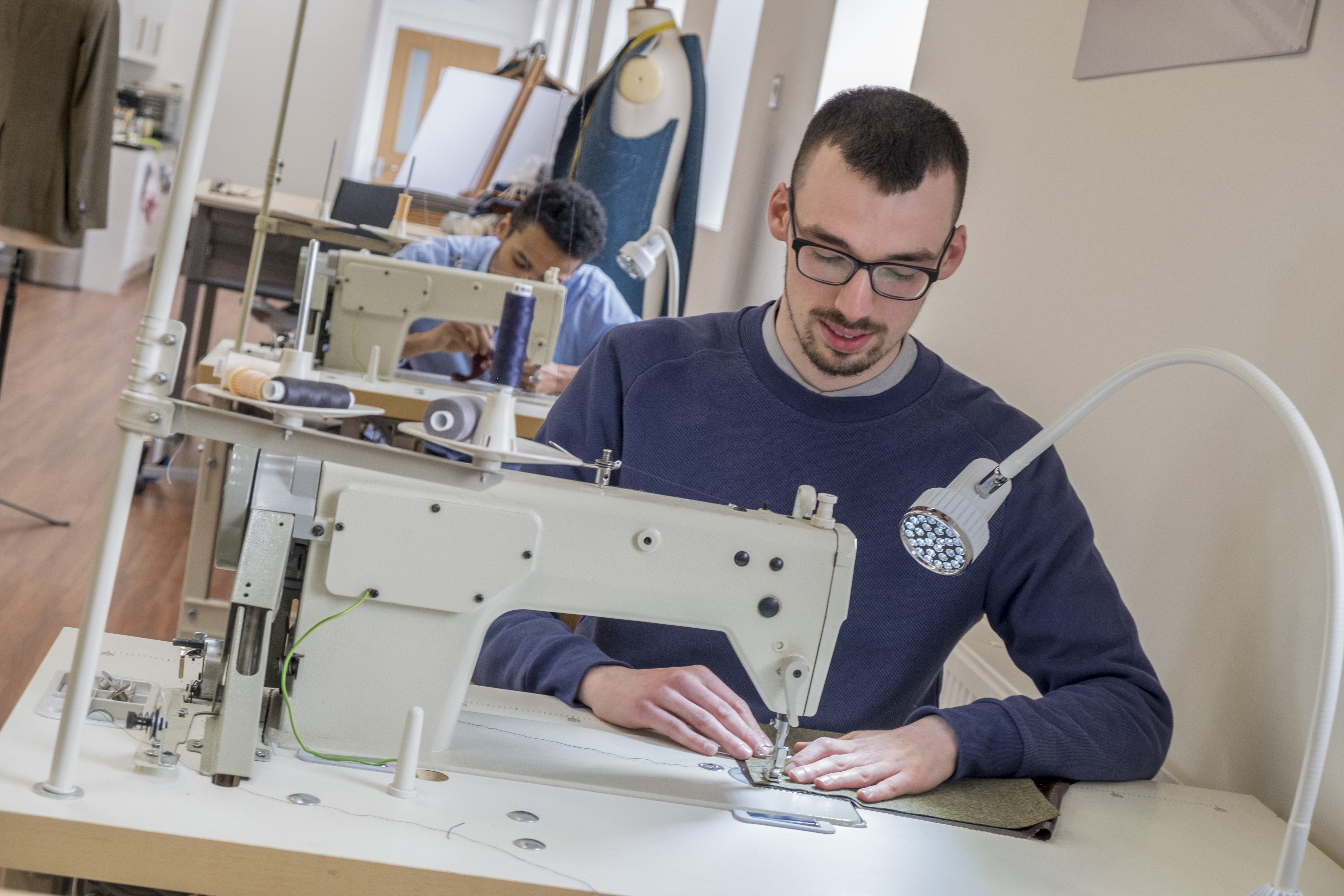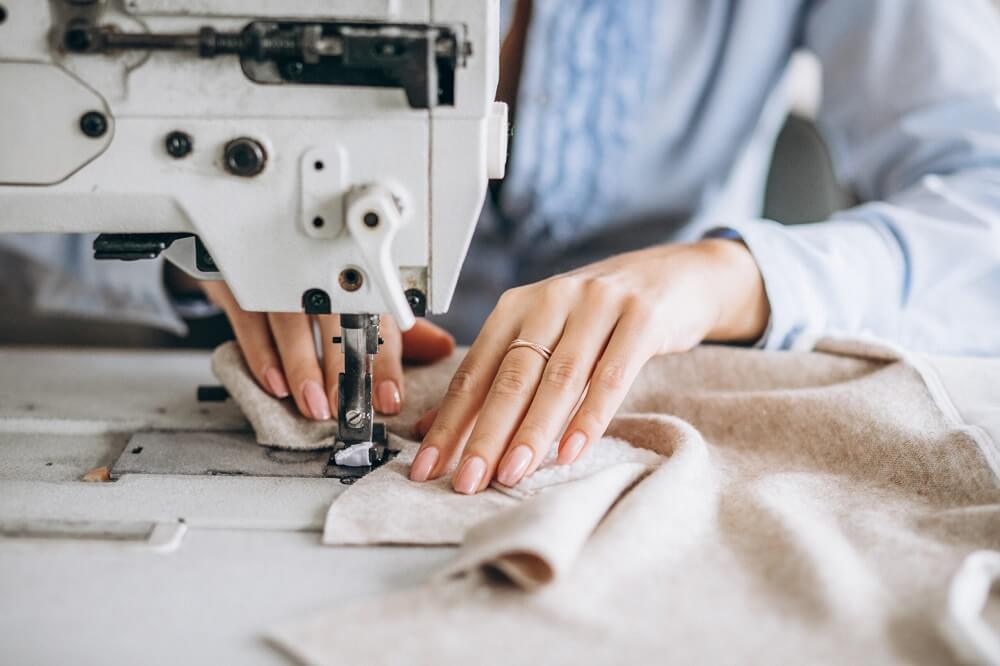Tailor Perth Professionals: Elevate Your Fashion with Custom Tailoring
Tailor Perth Professionals: Elevate Your Fashion with Custom Tailoring
Blog Article
Understanding the Tailoring Refine: From Textile Selection to Last Suitable for the Perfect Closet
The customizing procedure is a complex interaction of art and science, starting with the vital decision of textile selection and finishing in the accurate changes of final installations. Each material type brings one-of-a-kind top qualities that influence not just the aesthetic allure but additionally the garment's durability and viability for different celebrations.
Significance of Textile Selection
Picking the right material is important in the tailoring procedure, as it directly influences the convenience, resilience, and total aesthetic of the final garment (tailor perth). The choice of material establishes the foundation for the garment's style, performance, and efficiency. Various textiles have distinct buildings, such as weight, stretch, and breathability, which can considerably affect exactly how the garment drapes and fits the body
Furthermore, material choice affects the garment's durability and simplicity of care. Top notch materials can stand up to damage, preserving their appearance and structure in time, while lower-quality materials might bring about pilling or fading. In addition, the appropriate textile adds to the garment's capability to shift throughout occasions and seasons, thus improving flexibility.
A tailored piece made from an ideal textile not just showcases craftsmanship but also boosts the user's confidence. Consequently, understanding the subtleties of material selection is extremely important for any kind of tailoring undertaking. It guarantees that the end product not just meets the aesthetic desires of the customer yet likewise lines up with useful needs, consequently accomplishing a harmonious balance in between kind and function in the customized wardrobe.
Kinds of Fabrics and Their Uses
Comprehending the numerous kinds of fabrics readily available is essential for making notified choices during the customizing procedure. Each textile possesses special qualities that dictate its viability for specific garments and events.
Its flexibility enables it to be customized right into everything from t-shirts to gowns. Its all-natural flexibility aids garments keep form over time.
Silk exhibits high-end and is lightweight, making it best for eveningwear and fragile shirts; however, it requires careful handling because of its frailty. Bed linen, with its distinctive coating, is a preferred selection for cozy climates, offering a crisp and ventilated feel, however it wrinkles quickly, which might influence the garment's look.
Artificial materials, such as polyester and nylon, deal resilience and resistance to wrinkles, making them appropriate for day-to-day wear and energetic clothes. Comprehending these material types and their properties permits better decision-making, guaranteeing that each tailored piece not only fits well yet likewise straightens with the intended objective and celebration.
The Tailoring Methods Described
The art of tailoring counts on a range of methods that change material right into well-fitted garments. Central to this procedure is pattern preparing, where a tailor develops layouts based upon the client's dimensions and preferred style. This initial action makes certain that the garment will fit the wearer effectively prior to any reducing happens.
Once patterns are established, reducing techniques come right into play. Accuracy is vital as inaccuracies can lead to misfitting garments. Tailors often make use of different cutting techniques, such as single-layer cutting for detailed styles and multiple-layer reducing for effectiveness on basic patterns.
Basting is an additional vital technique, permitting tailors to momentarily stitch textile assemble for an initial fitting. This technique offers the possibility to evaluate the drape and total silhouette prior to final sewing.
Seaming techniques, consisting of french seams and flat-felled joints, enhance the garment's toughness and aesthetic allure. Tailors likewise use methods such as interfacing and padding to provide framework and shape to details areas, like shoulders and collars.
Lastly, completing techniques, including hemming and side finishing, make sure the garment's longevity while giving a refined appearance. With link each other, these strategies form the foundation of reliable customizing, leading to beautiful, custom-fit clothing.
Suitable Adjustments and Factors To Consider

Secret considerations include the shoulder fit, which needs to neither droop nor restrict activity, and the sleeve size, which ought to allow for comfy arm movement while preserving a polished appearance. Furthermore, modifications at the waistline can improve the silhouette, with options to let out or take in material as needed.
The surge of pants is another critical variable; it ought to sit pleasantly basics above the hips without causing pain, allowing for convenience of motion. Hemming lengths for both trousers and skirts ought to mirror the wearer's recommended design while respecting percentages.

Keeping Your Tailored Attire
Proper upkeep of tailored garments is important to maintaining their fit and appearance in time. To make sure durability, routine cleaning is vital. Always important link comply with the treatment label directions, which may suggest dry cleaning for fragile materials or maker cleaning for more long lasting materials. Prevent frequent laundering, as this can wear down the fabric and modify the garment's form.
Storage space is similarly vital; usage padded hangers for coats and jackets to keep shoulder framework, and shop trousers folded up nicely or hung to avoid creasing. Safeguard garments from direct sunlight, which can discolor colors and damages fibers.
Furthermore, regular evaluations for small repair work can prevent bigger problems. Check for loosened buttons, fraying joints, or indications of moth damage, resolving these issues promptly to keep the garment's stability.
Finally, think about seasonal rotation. Wearing customized pieces in small amounts permits materials to recover, prolonging their lifespan. By applying these maintenance approaches, you can ensure that your customized garments remain as excellent as the day you first used them, enhancing your suitable closet for many years to find.
Final Thought
The customizing procedure, incorporating textile selection, experienced methods, and precise fitting modifications, plays a vital duty in developing garments that boost both convenience and design. Understanding the importance of maintenance expands the life of customized garments, strengthening their worth in a well-curated wardrobe.
Choosing the best fabric is essential in the tailoring process, as it straight affects the comfort, resilience, and overall visual of the last garment. The choice of material sets the structure for the garment's functionality, efficiency, and style. Various materials possess one-of-a-kind homes, such as weight, stretch, and breathability, which can dramatically impact exactly how the garment drapes and fits the body.
The art of tailoring counts on a range of methods that transform textile right into well-fitted garments.The tailoring procedure, encompassing textile choice, experienced strategies, and accurate suitable modifications, plays a crucial function in creating garments that improve both comfort and design.
Report this page